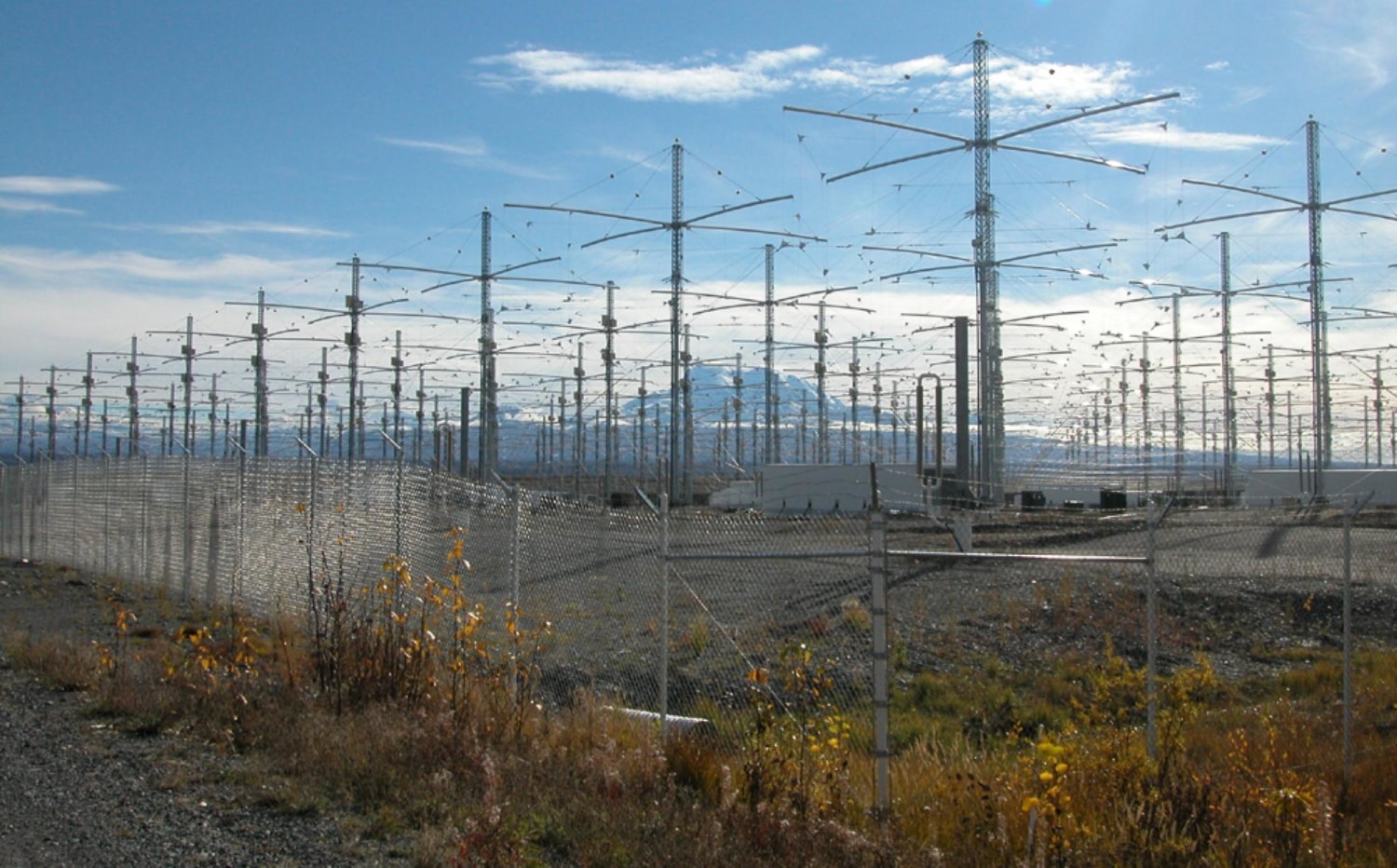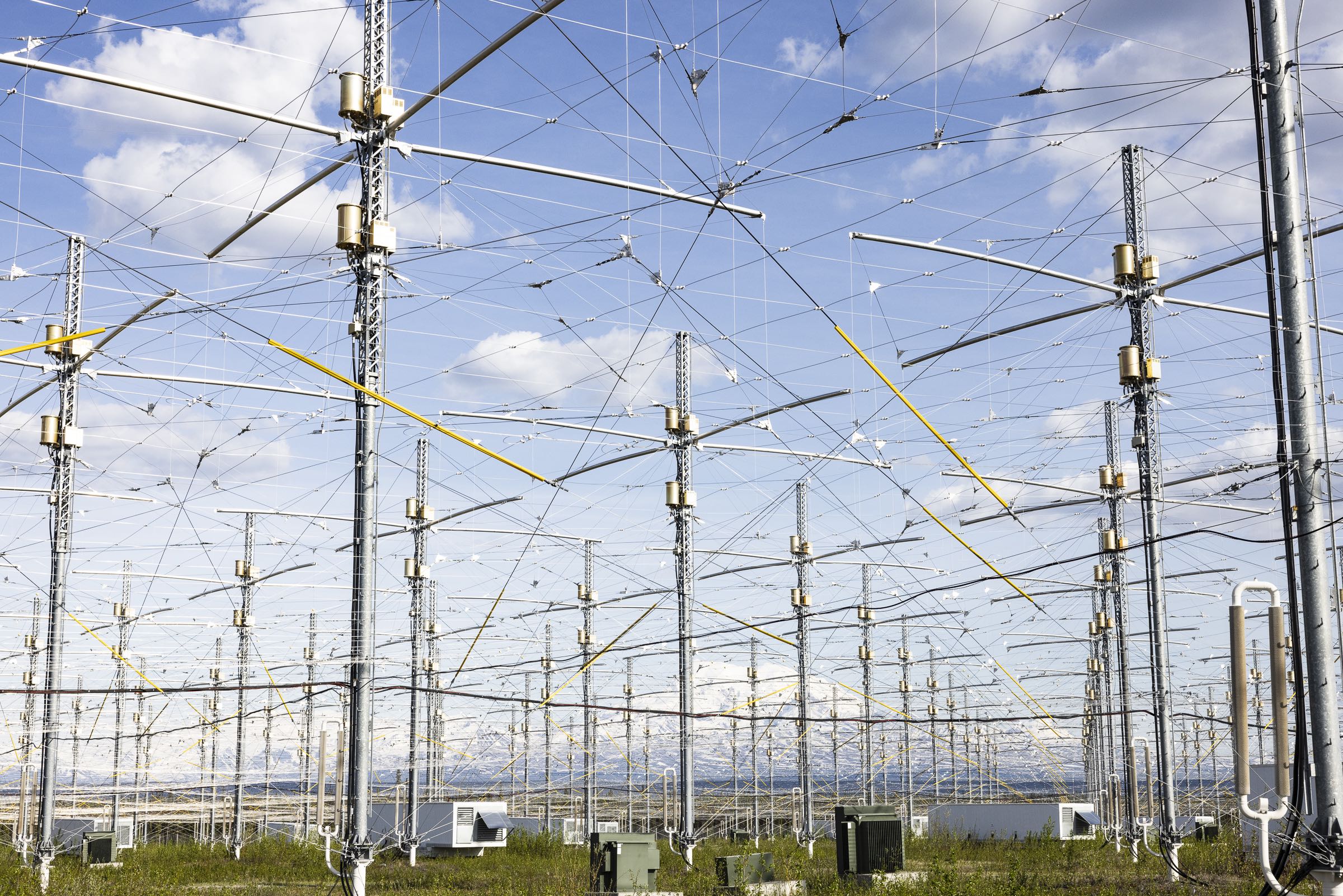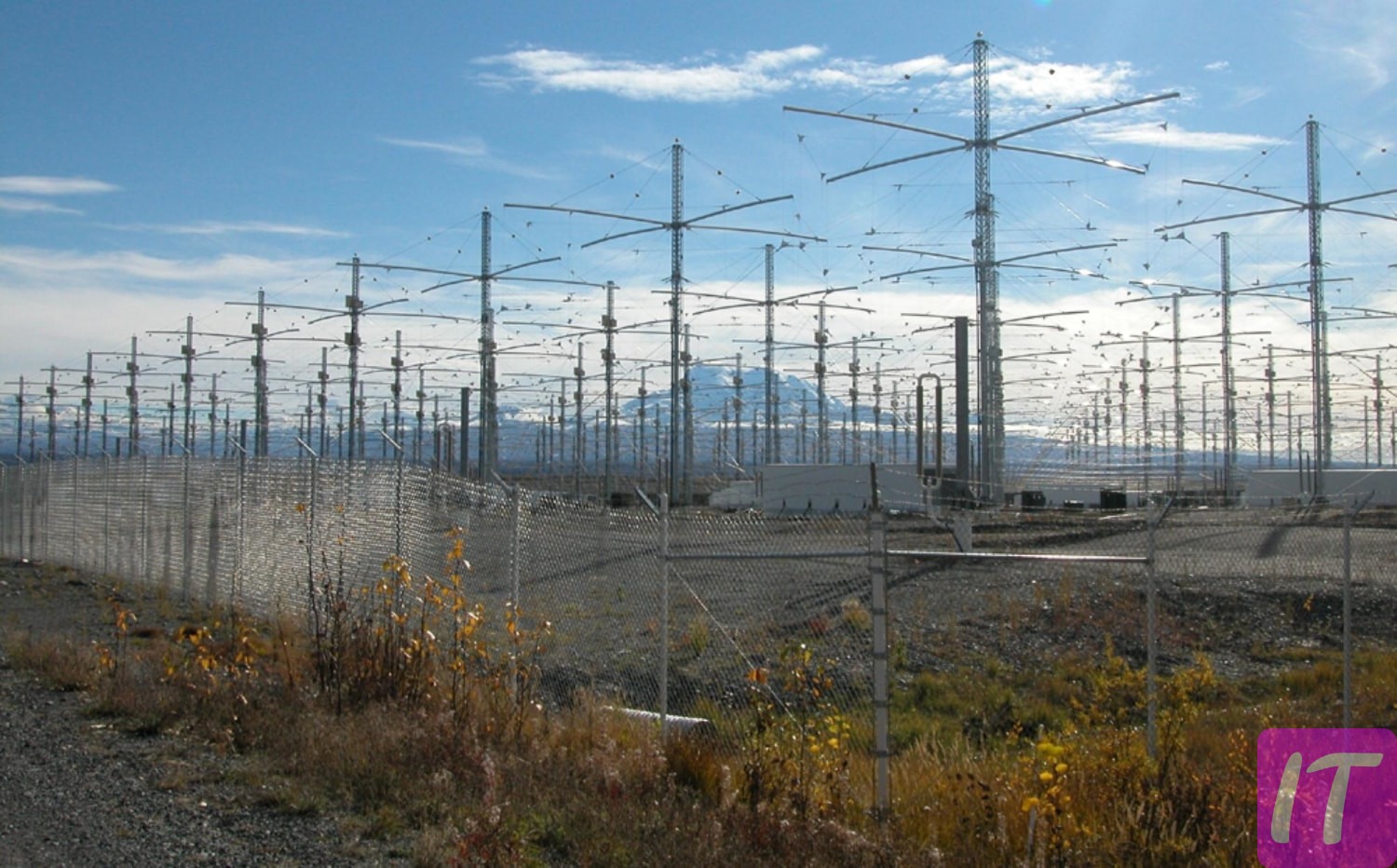The HAARP Project involves antennas reaching approximately 50 feet high and does not have a measurable weight due to its nature as a research facility. Its estimated net worth is around $290 million. Located in Gakona, Alaska, HAARP focuses on studying the ionosphere with contributions from the U.S. Air Force, Navy, and the University of Alaska.
The HAARP (High-Frequency Active Auroral Research Program) Project has long been a subject of academic curiosity and public intrigue due to its ambitious scientific objectives. Although not an individual entity with human characteristics such as height and weight, HAARP’s “build” can be described in terms of the large antenna array and related physical infrastructure it comprises. The project’s financial value, or “net worth,” can be roughly estimated based on the considerable investment in its establishment and operational costs over time.
Diving into the HAARP project’s personal details, it was initiated in the early 1990s by the United States to experiment with the ionosphere for communication purposes. The facility is located in Gakona, Alaska and has seen involvement from various agencies, including the University of Alaska Fairbanks. Each component of HAARP, from the antennas to the control center, plays a pivotal role in its research agenda and operational efficacy.
Overview of the HAARP Project
The HAARP (High-Frequency Active Auroral Research Program) Project is a scientific research program aimed at studying the ionosphere. It’s located in Gakona, Alaska, and helps scientists improve radio communication and surveillance. While not a human, the project has some impressive physical and financial stats.
| Quick Info | Details |
|---|---|
| Height | 50 feet (antenna array height) |
| Weight | Not Applicable |
| Net Worth | Approximately $290 million |
| Age | Started in the early 1990s |

Detailed History of HAARP
The HAARP Project was started in the early 1990s. It aims to study the ionosphere, which is part of the Earth’s atmosphere. Many organizations, including the University of Alaska, have worked on this project.
| Information | Details |
|---|---|
| HAARP PROJECT name | High-Frequency Active Auroral Research Program |
| Nickname | HAARP |
| Profession | Scientific Research Program |
| Date of Birth | Early 1990s |
| Age | About 30 years |
| Net Worth | Approximately $290 million |
| Height | 50 feet (antenna array height) |
| Weight | Not Applicable |
| Body Measurement | Not Applicable |
| Eye Color | Not Applicable |
| Hair Color | Not Applicable |
| Birthplace/Hometown | Gakona, Alaska |
| Nationality | USA |
| Gender | Not Applicable |
| Ethnicity | Not Applicable |
| Religion | Not Applicable |
| Sexuality | Not Applicable |
| Sun Sign (Zodiac Birth Sign) | Not Applicable |
| House Location | Gakona, Alaska |
| Wiki Page | HAARP Wikipedia Page |
| Facebook Link | Not Available |
| Twitter Profile Link | Not Available |

Inception and Development
The HAARP Project began in the early 1990s to study the ionosphere, a part of the Earth’s atmosphere. It was developed with the help of several organizations, including the University of Alaska. The project aimed to improve radio communication and surveillance.
| Information | Details |
|---|---|
| Height (Tall) | 50 feet (antenna array height) |
| Weight | Not Applicable |
| Profession | Scientific Research Program |
| Eye Color | Not Applicable |
| Shoe Size (UK) | Not Applicable |
| Hair Color | Not Applicable |
Involved Parties and Contributions
The HAARP Project involved several important organizations. The United States Air Force and Navy were significant contributors. Additionally, the University of Alaska provided valuable support and research.
| Information | Details |
|---|---|
| Parents | United States Air Force and Navy |
| Siblings | University of Alaska |

Structure and Operations of HAARP
The HAARP Project involves a complex setup of antennas and supporting structures. These components work together to study the ionosphere. Their operation is essential to advancing our understanding of atmospheric phenomena.
Height, Weight, and Net Worth
The HAARP Project is physically marked by its tall antenna array. The antennas reach up to 50 feet, making them quite impressive. This height is crucial for their research capabilities.
Unlike living beings, HAARP doesn’t have a weight that can easily be measured. Instead, the focus is on the collective functioning of its setup. Each antenna plays a specific role in the overall operation.
HAARP has a significant financial value. Its net worth is estimated at around $290 million. This value reflects the investment in technology and infrastructure.
Personal Details and Income
Personal details for HAARP focus on its location and purpose. It is situated in Gakona, Alaska, and serves as a major research site. Its main aim is to study the Earth’s ionosphere.
HAARP does not generate income in the traditional sense. Instead, it is funded through various governmental and academic sources. These funds support ongoing research and development.
The project started in the early 1990s. Over the years, it has received considerable financial support. This has allowed it to grow and expand its research capabilities.
Family
HAARP’s “family” includes its major contributors. The United States Air Force and Navy have been principal supporters. Their involvement has been critical from the outset.
The University of Alaska is also a significant member of this family. Their research contributions have been invaluable. They help with scientific studies and operational support.
Other partners have also joined over the years. These include various academic and scientific organizations. Each of them brings unique expertise to the project.
Professional Achievements
HAARP has made significant strides in understanding the ionosphere. These achievements include advancements in radio communication. Their research has practical applications for both civilian and defense needs.
One notable success is in the area of weather modification theories. Though controversial, this research has opened new avenues for scientific study. It has pushed the boundaries of what we know about atmospheric science.
The project has also excelled in international collaboration. Scientists from around the world have participated in HAARP’s work. This has resulted in a rich exchange of knowledge and ideas.
Financial Aspects and Achievements of HAARP
The HAARP Project has been funded by various organizations, including the U.S. government and academic institutions. Its financial support has allowed it to conduct groundbreaking research. The project’s achievements have had a significant impact on scientific and military applications.
Some Lesser Known Facts
- HAARP was initially funded by the Defense Advanced Research Projects Agency (DARPA).
- The project has cost approximately $290 million since its inception.
- HAARP has over 180 antenna towers on its research site in Gakona, Alaska.
- One of its goals is to improve submarine communication.
- HAARP has contributed to the study of natural phenomena like the auroras.
- It has faced numerous conspiracy theories, although they lack scientific evidence.
- HAARP’s data is publicly available for researchers and scientists worldwide.
- In 2014, the University of Alaska took over ownership from the U.S. Air Force.
Lesser Known Aspects of the HAARP Project
The HAARP Project is often surrounded by myths and misconceptions. One lesser-known fact is that it collects and shares its data openly with researchers. This transparency helps in busting many conspiracy theories.
Another intriguing aspect is the scale of the project. The antenna array site in Gakona, Alaska, spans over 30 acres. It is one of the largest ionospheric research facilities in the world.
Many people are not aware that HAARP’s main goal is to study the ionosphere. This helps us understand how to improve radio communications. Better communication can help in both civilian and military applications.
HAARP has conducted experiments to improve submarine communications. These efforts support military operations by ensuring reliable communication underwater. The research also benefits scientific studies on how radio waves travel through different mediums.
The project has been subject to many conspiracy theories. Some people believe HAARP controls the weather or minds, though such claims lack scientific evidence. Publicly accessible data from HAARP discredits these theories.
Finally, the University of Alaska took over HAARP in 2014. Before that, it was managed by the U.S. Air Force. This transition marked a shift towards more academic and civilian research efforts.
The Impact and Future of HAARP
The HAARP Project has made significant contributions to scientific research. Its studies have improved our understanding of the ionosphere. This knowledge benefits radio and communication technologies.
One major impact is in the field of navigation. HAARP’s research helps in the development of better GPS systems. More accurate GPS aids in everything from driving to military operations.
HAARP also plays a role in national defense. The project helps improve communication with submarines. This is crucial for underwater missions and naval operations.
Looking to the future, HAARP is expected to continue contributing to scientific advancements. New studies could reveal more about how the ionosphere affects weather patterns. This could help us better predict natural disasters like hurricanes.
There is also potential for international collaborations. Scientists from around the world can participate in HAARP’s research. This global cooperation can lead to groundbreaking discoveries.
With its transition to academic management, HAARP’s focus is increasingly on civilian research. The University of Alaska plans to use HAARP for educational purposes. This shift aims to inspire the next generation of scientists.

Frequently Asked Questions
The HAARP Project has generated much interest due to its unique purpose and fascinating details. This section aims to address some of the most frequently asked questions about the project. Read on to uncover more about its height, weight, net worth, personal details, and achievements.
What is the primary objective of the HAARP Project?
The main goal of the HAARP Project is to study the ionosphere. This layer of Earth’s atmosphere is vital for radio communication and satellite operations. Understanding its properties helps in improving signals and technology.
Research conducted at HAARP can lead to advancements in both civilian and military communication. The project aims to make these technologies more reliable and effective. By doing so, it supports a wide range of applications.
What is the height and weight of HAARP’s antenna array?
The HAARP antenna array stands 50 feet tall. This height is essential for effective ionospheric research. The higher the antennas, the better they can interact with atmospheric layers.
Unlike a person, HAARP doesn’t have a typical “weight.” Each antenna and piece of equipment has its own weight. The collective mass is substantial, but it’s not easily measured as one unit.
What is the estimated net worth of the HAARP Project?
The estimated net worth of the HAARP Project is around $290 million. This includes the cost of the equipment, research facilities, and operational expenses. Funding has come from various sources over the years.
Maintaining such a large-scale research project requires significant financial support. The U.S. government and academic institutions have contributed to its funding. These investments ensure ongoing research and technological advancements.
Who are the major contributors to HAARP?
The United States Air Force and Navy are key contributors to HAARP. Their involvement has been crucial since the project’s inception. They provide resources and expertise to support various research initiatives.
The University of Alaska also plays a significant role. They manage the project and conduct much of the research. This partnership enhances scientific understanding and educational opportunities.
What are some of HAARP’s professional achievements?
One notable achievement of HAARP is its impact on radio wave propagation studies. The research has led to improvements in communication technologies. Both civilian and military applications have benefited from these advancements.
Additionally, HAARP has contributed to weather prediction models. While not its primary goal, the data gathered has improved understanding of atmospheric conditions. This knowledge helps in predicting natural disasters like hurricanes and storms.
HAARP – WEATHER WEAPON OR RESEARCH FACILITY?
Conclusion
The HAARP Project has made significant strides in understanding the ionosphere. Its contributions span from improved communication technologies to enhanced weather prediction models. The combined efforts of various organizations have been crucial in achieving these milestones.
With ongoing research and international collaborations, the future of HAARP looks promising. Its academic and scientific focus will continue to inspire advancements in atmospheric science. As a result, we can expect more groundbreaking discoveries in the years to come.







